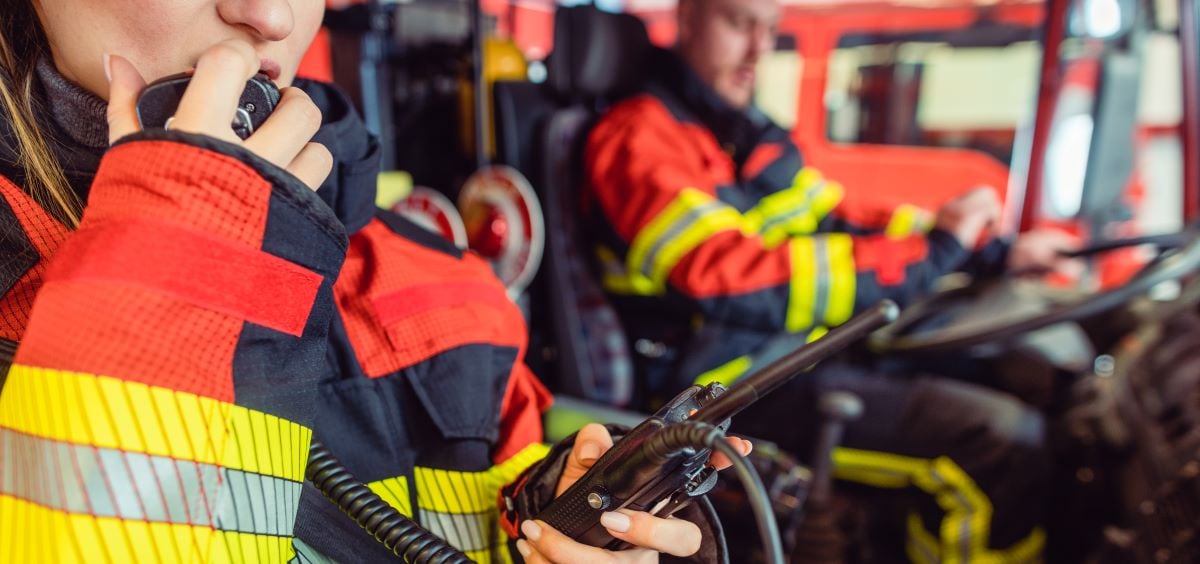
In the realm of Emergency Responder Communication Enhancement Systems (ERCES) and Bi-Directional Amplification (BDA), technological prowess is only as effective as the individuals installing and maintaining these systems. This blog post delves into the importance of training and education in ensuring the optimal performance and seamless integration of ERCES/BDA systems in emergency response scenarios.
- Technical Training for System Administrators
Beyond day-to-day operations, ERCES/BDA systems require skilled administrators who can configure, maintain, and optimize them. Technical training programs are designed to empower administrators with the knowledge required to ensure the systems function at peak performance.
Technical Training Components:
- Configuration Management: In-depth training on configuring ERCES/BDA systems based on specific site requirements, including frequency planning and system parameter optimization.
- Software and Firmware Updates: Ensuring administrators are adept at implementing software and firmware updates to leverage the latest features and security enhancements.
- Routine Maintenance Procedures: Training administrators to conduct routine maintenance tasks to keep the systems in optimal condition.
- Compliance Training: Navigating Regulatory Frameworks
ERCES/BDA systems operate within specific regulatory frameworks, and adherence to these regulations is paramount. Training programs ensure that installers and administrators are well-versed in the relevant standards and guidelines governing the deployment and operation of ERCES/BDA systems.
Compliance Training Elements:
- NFPA 1221 and IFC Section 510: Comprehensive training on the National Fire Protection Association (NFPA) 1221 standard and the International Fire Code (IFC) Section 510 provides guidelines for emergency responder communication systems.
- Local Regulatory Requirements: Training should be tailored to address specific local regulations and requirements governing the use of ERCES/BDA systems in different jurisdictions.
- Documentation and Reporting: Training on maintaining accurate documentation and reporting to demonstrate compliance with regulatory standards.
- Continuing Education: Adapting to Technological Advancements
The field of emergency communication technology is dynamic, with continuous advancements and innovations. Training programs include components for ongoing education, ensuring that installers and administrators stay abreast of the latest developments in ERCES/BDA systems.
Continuing Education Initiatives:
- Webinars and Workshops: Regular webinars and workshops on emerging technologies, system updates, and best practices in emergency communication.
- Certification Programs: Facilitating certification programs that validate the skills and knowledge of operators and administrators, encouraging ongoing professional development.
- Collaboration with Industry Experts: Encouraging collaboration with industry experts and thought leaders to share insights and expertise with training participants.
Conclusion: A Prepared and Proficient Response Team
Through targeted training and education initiatives, emergency communication professionals can build the knowledge, skills, and confidence required to navigate the intricacies of ERCES/BDA systems. To get a ERCES/BDA system installed by a professional, or to receive training on how they operate, contact the professionals at Koorsen Fire & Security today!


